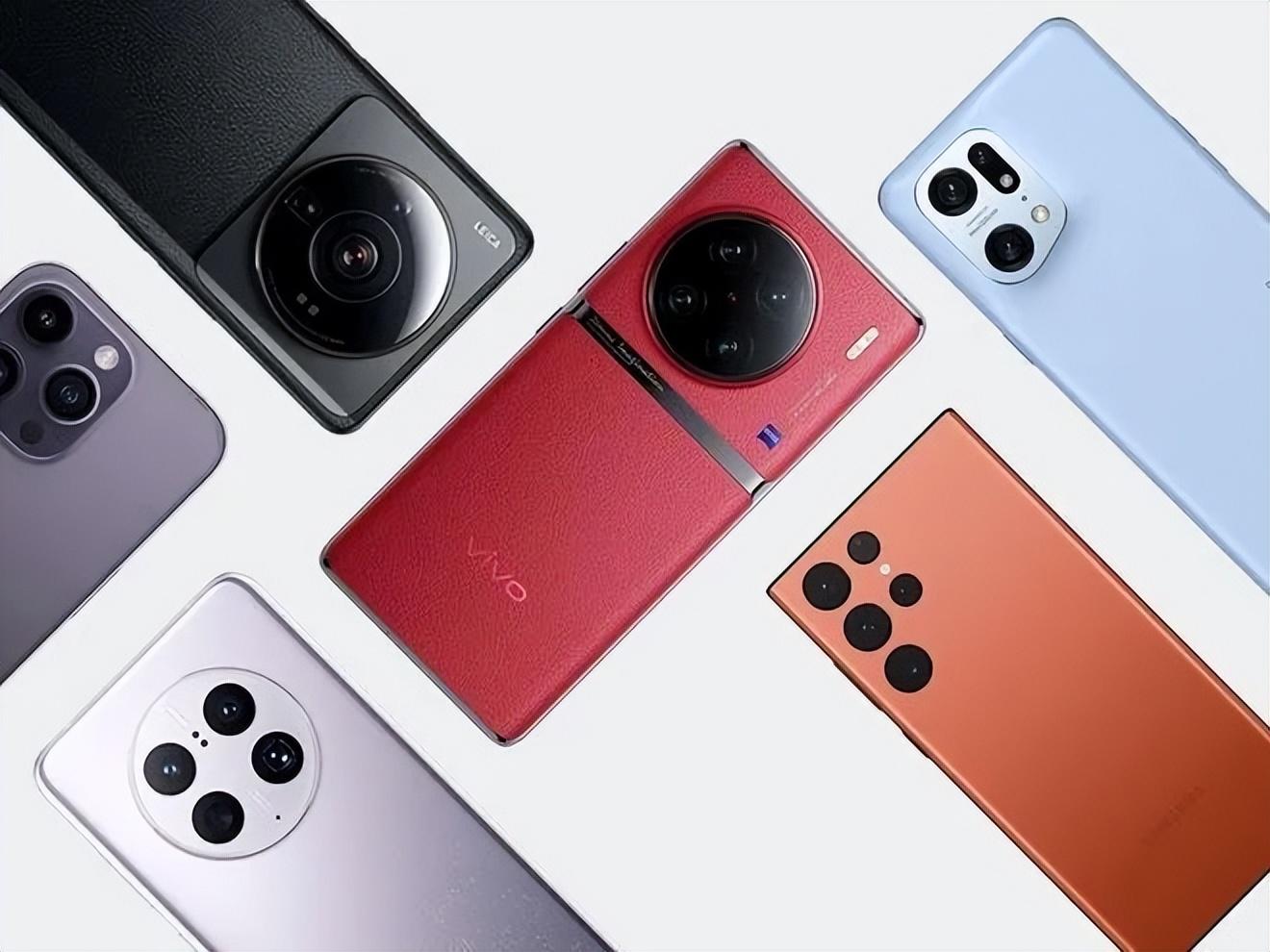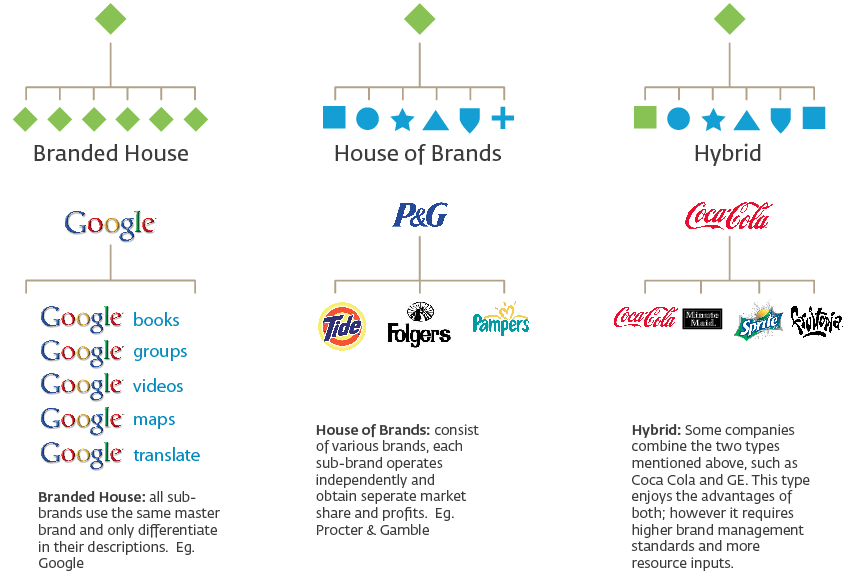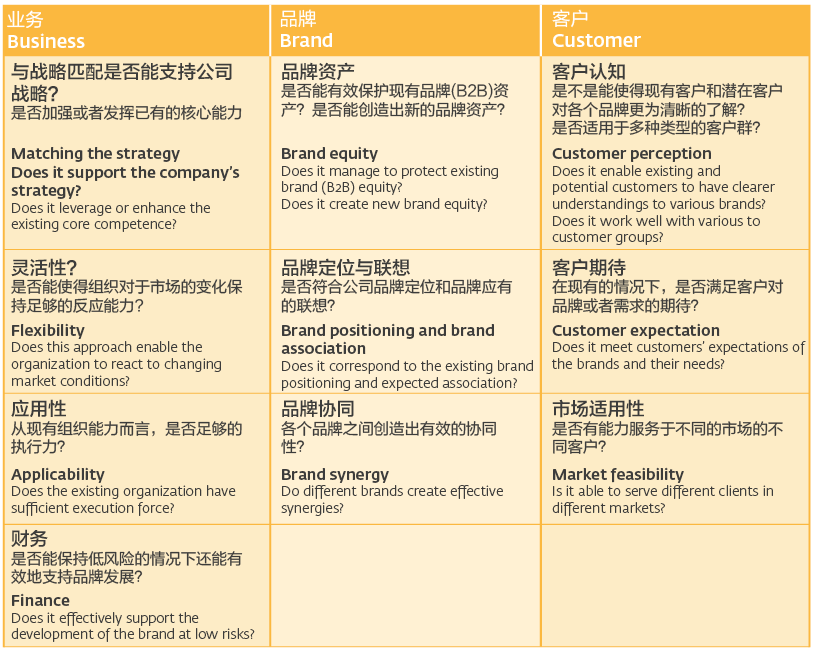

In a saturated and competitive market, businesses seek growth by expanding into new segments. China’s economic growth and increased consumer purchasing power present an enticing market for brands, particularly B2B brands aiming to tap into previously unexplored opportunities. Explore effective brand architecture strategy to navigate and succeed in this dynamic landscape.
A friend, Xu Hua (pseudonym), is considering buying a cost-effective cellphone from a Chinese domestic brand. He decides to choose Huawei after comparing with other domestic brands, even though he knew that Huawei had just recently entered the personal mobile communication market. The reason is quite simple: his company had already used Huawei’s B2B products, and these products are reliable in quality and reasonable in price. His instinct told him that he could enjoy the same experience from Huawei’s cellphone since it’s from the same brand. This example is an illustration of using appropriate brand architecture for brands to succeed when extending from the B2B to B2C (business to customer) market.
According to recent data, in the first quarter of 2012, Huawei’s market share in China’s personal mobile industry has exceeded Nokia for the first time and ascended to second place just after Samsung. In the global cellphone market, Huawei is now 8th in sales volume. This performance is astonishing for a brand that did not enter the smartphone segment until 2009. Huawei’s brand architecture strategy is undoubtedly credited with the success in winning end users’ acceptance in such a short time.
When a brand extends from B2B to B2C business, brand architecture plays a crucial role. Sometimes, the impact on consumers is beyond any other factors. In the past two years, several B2B enterprises have asked professional branding consultancies for help. They all have outstanding achievements in the B2B segment, but when considering getting involved in the B2C segment, they are widely concerned about one key issue of brand strategy: how to deal with the relationship between their B2C brand (expecting brand) and B2B brand (existing brand) ?
A company’s brand architecture is often referred as the “face” of its overall branding strategy because it should constantly match and support the company’s strategy. Nowadays the most common types of brand architectures are Branded House, House of Brands and Hybrid.

In essence, it is not whether one architecture type is better than the other one. For B2B brands who want to extend to B2C, we need to focus on how to create mutual synergies and accumulate positive brand equity to both B2B and B2C brands. Obviously, Huawei chose the Branded House type to manage its B2C brand. What factors should we consider before making these decisions?
On the industry level, B2B enterprises often compete with only dozens of or even fewer competitors. They can rely on several “star” clients and occupy a space in the industry by mastering certain core technologies or social connections. As a result, their profit margins are comparatively objective. However, B2C enterprises are faced with multiple competitions from all levels – their core competitiveness varies; yet, they have to depend on end customers to keep sustain profits and developments.
On the decision level, the key distinction between B2B and B2C is their decision-making process. We can understand more clearly by imagining the differentiated process for Huawei to sell a 3G communication base station unit (B2B) and a cellphone (B2C). B2B business involves in more than 10 decision nodes and several departments and decision-influencers. From finding out clients’ needs to hand over final deliverables, the entire process probably lasts a few months. In contrast, it perhaps only takes 5 minutes for a consumer to buy a cellphone from the display window. In B2B business, rational demands are dominant; the key issue is to solve practical problems. In some situations, due to the money and responsibility involved with big B2B transactions, the results of the decisions will directly influence the decision-makers’ career life. Comparatively speaking, B2C business contains more perceptual elements to attract consumers and generates impulse spending, so the effect of the “brand” far surpasses the one in B2B decision-making process. In addition, the decision time in B2C transactions determined that the rate of losing potential sales is much faster than B2B. Thus, it is crucial to constantly monitor customer satisfaction in the B2C segment.
Then on the target customer level, employees from B2B enterprises can visit their clients one by one, similar to distinguished guests in restaurants – you always know where they are. You could go communicate with them and conduct products education at your wills. The circumstances in B2C business are the opposite. Similar to buyers in a bazaar, consumers keep walking around randomly and you will never know where exactly to find them. Moreover, their appeals are complicated and ambiguous. Therefore, the communication methods in B2C are widely different from the ones in B2B business. Before they are being put into practices, one should forecast the effects to avoid unnecessary wastes. On the other side, the pressure of protecting brands in B2C industry increases, Word of mouth is like water – it can carry a boat as well as overturn it.
Finally on the brand contact level, besides products and services themselves, the most vital brand contact point in B2B business is people. Clients get to know and perceive brands by interacting with people. They tend to think that if the salesmen they met with are professional, the brand they represent is professional. However, brand contact points in B2C are more diverse. From salesmen’s clothing to the store layout, from advertisement to familiar scent, all these can become contact points to improve brand experience. This characteristic proposes more demands on brand management – it needs actual brand implementation and management system instead of simple regulations on paper.
All the differences remind us that it is not easy to extend from B2B business to B2C. Companies not only need to change their original brand management methods and probe into end-users’ requirements and expectations, but also need to study the pros and cons of various communication channels and improve all brand contact points. As for brand architecture, the heart of the matter is how the B2B brand’s success and accumulated brand equity can influence the B2C brand? Before answering this question, we should clarify in advance what brand equity we have already built up in the B2B market and which part of it we actually need in the B2C market. Only by comparing these two situations can we pick up the most appropriate type of brand architecture to ensure the optimal developments of both brands. Huawei, putting this theory into practice, conducted brand equity research and customers research so as to help them work out the brand architecture strategy.
The selection of an optimal brand architecture strategy is based on brand equity research, consumer insights and the industry characteristics mentioned above.
To reach the final selection, we also need to conduct a comprehensive strategy evaluation (See Diagram 2) from the business, brands, and customers’ points of view.
After a brand architecture strategy type is initially selected, brands need to evaluate this strategy with the following questions in mind.

In order to better understand the brand architecture strategy evaluation, we could probe into Huawei’s case again. On the business level, Huawei’s leaders repeatedly emphasize that mobile terminal is the core of their future development. Their strong technical competence and executive force also guarantee the resource needed for the B2C brand. On the brand level, just like Xu Hua, most people believe that Huawei is strong in technology development and the company can provide trustworthy quality assurance. These attributes are the important brand equity that accumulated through Huawei’s B2B growth and will benefit their next step into the B2C segment.
On the customer level, a Branded House architecture might take less time to leave a good impression among B2C consumers; the growth with B2C development might also positively impact its B2B segment. Under this scenario, Huawei’s choice of adopting the Branded House architecture is suitable and beneficial to both segments. However, we can also see the limitations of this brand architecture strategy. Huawei is known for being “low-key” and “distant”, which might not easily win customers’ hearts. Moreover, its proud cost-effectiveness and practicability in B2B might be regarded as “cheapness” in B2C. In the B2C segment, Huawei needs to work on how to re-focus the brand towards the higher-end of the market to obtain high premium as well as how to connect with consumers.
Extending from B2C to B2C will be a key trend for companies. It is believed that the trend of the development of B2B enterprises is to extend their tentacles to B2C industry. Among the significant transition, the brand architecture strategy can never be negligible. A reasonable and clear architecture is able to optimize resource input, increase communication efficiency, clarify one’s own position and acquire perceptions of the customers. Most importantly, it helps capture customers’ hearts the moment they make decisions, which is the brand architecture’s biggest contribution to a brand.
A Labbrand Group Company © 2005-2024 Labbrand All rights reserved
沪ICP备17001253号-3* Will be used in accordance with our Privacy Policy
To improve your experience, we use cookies to provide social media features, offer you content that targets your particular interests, and analyse the performance of our advertising campaigns. By clicking on “Accept” you consent to all cookies. You also have the option to click “Reject” to limit the use of certain types of cookies. Please be aware that rejecting cookies may affect your website browsing experience and limit the use of some personalised features.